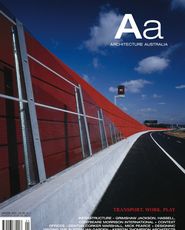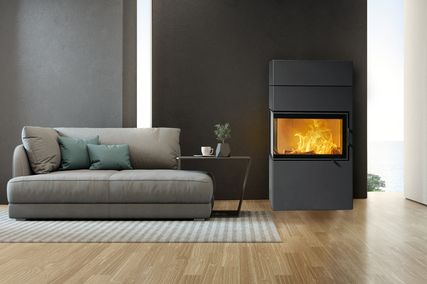IS HUMAN EMOTION INTEGRAL TO RATING SUSTAINABILITY?
It is with thanks to Architecture Australia that I read, in the November/December 2006 edition, the competent review “Reaching for the Stars” by Ceridwen Owen on sustainability rating for buildings.
The review would be equally at home in many other public and allied building professions’ publications. By my reckoning, however, Architecture Australia targets readers who ask beyond “How does the building perform?” to the the more encompassing question, “How does the building relate to society and people?” It is in the latter focus that current sustainability rating seems to have no answers.
When I posed this question to Maria Atkinson [founding executive director of the Green Building Council of Australia] in a public forum some time ago, she suggested that the Indoor Environmental Quality score section in Green Star covered the human factors. Yet I haven’t been able to find any mention or recognition of how building occupants, passers-by or neighbours react to, feel comfortable with, or orient themselves to the building’s built environment context, external representation, sense of accessibility, spatial form attuned to intimacy, use, interactions, privacy and display. These considerations would enable the rating programme to score human reaction to the built environment at the emotional level as well as the physical, allowing both areas to be integral to rating sustainability.
The reason for seeking a more inclusive approach to sustainability comes from the fundamental reasons humans create built environments in the first place: shelter, security, interaction with others, gathering together for mutual benefit.
Without this link between purpose and construction, it is possible today to construct high-rating environmental buildings which are despised by occupants and neighbours, buildings that cause social damage at community level for their entire service life.
Resistance to this inclusion is argued by some because current rating systems measure the hard scientific, whereas sociologist mumbo-jumbo is soft and difficult to blend with such measurements.
I note, however, that rating is already reduced to score points and non-dimensional “stars”, where both hard and soft measures could have a place.
Architecture Australia is indeed a suitable forum to look for such wider blending of the pragmatic and human elements, as this is already part of the general architectural critique process, and can expand to encompass sustainability.
Lest it be thought that I am only sniping from the sidelines: in concert with others, there is already head-scratching going on about how criteria such as emotional comfort, materiality, respectfulness and so on might be scored alongside the hard measurables such as low toxin, recycling and low energy use.
EMILIS PRELGAUSKAS















